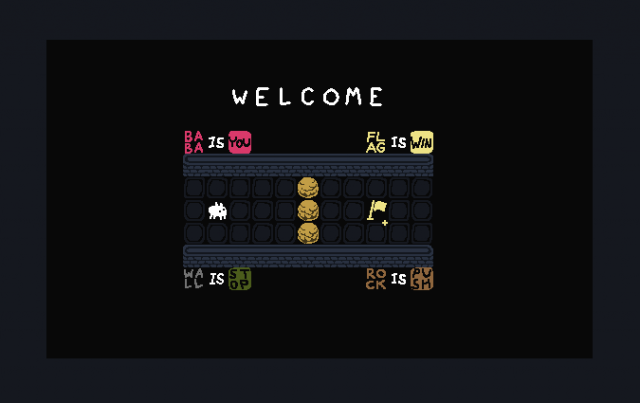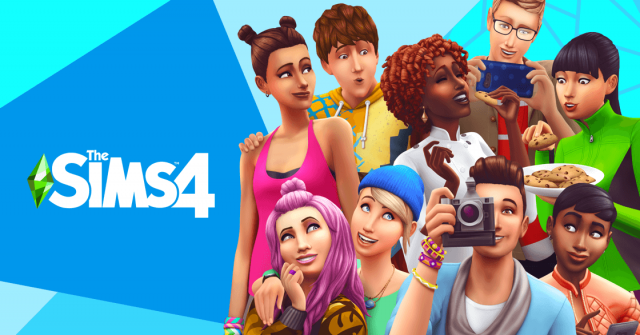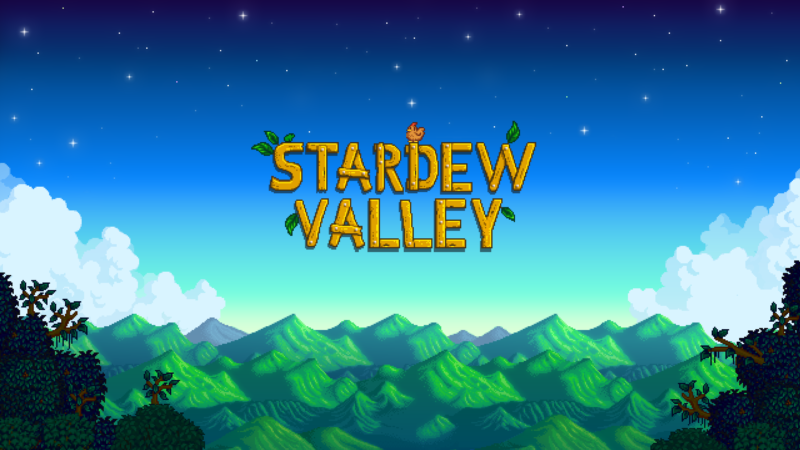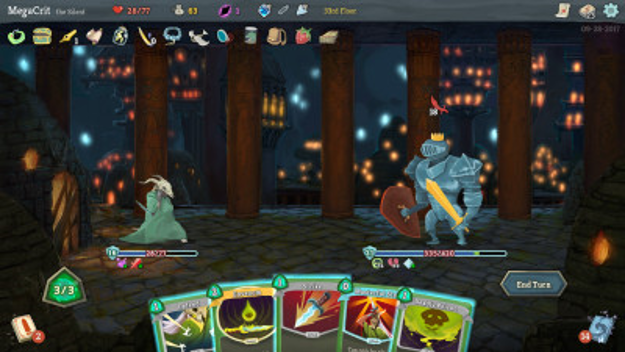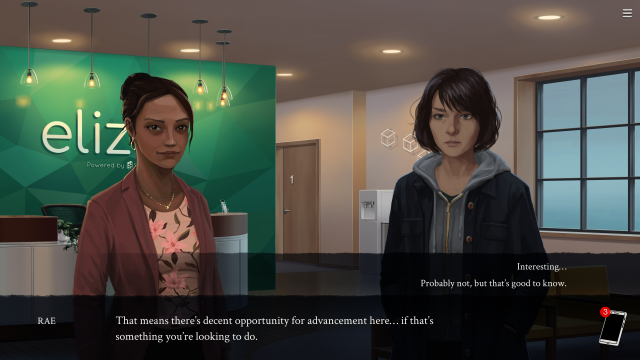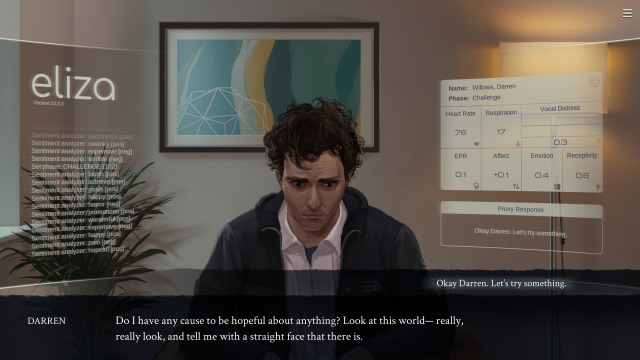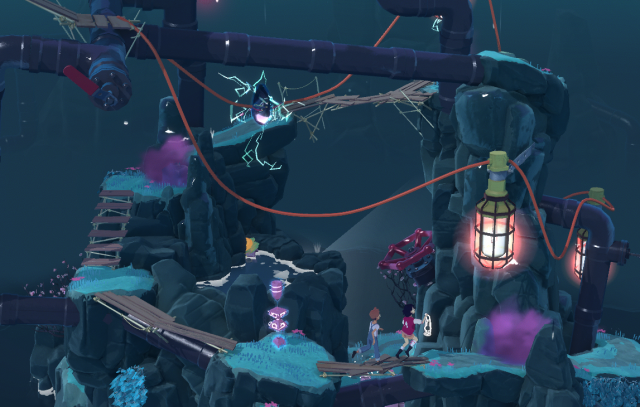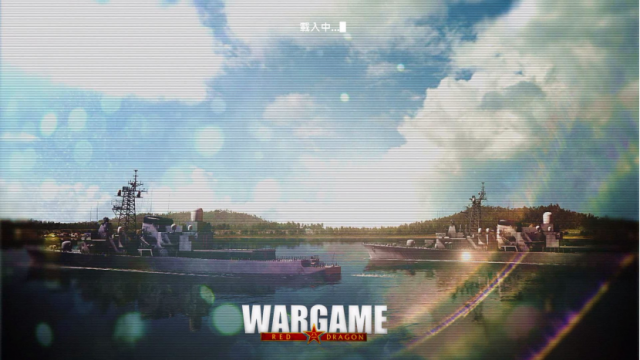
Wargame: Red Dragon is a modern-warfare typed RTS(Real Time Strategy) game developed by Eugen System. Player is the commander of a customized military force(containing multiple services).
On Single Player Game, the player play the storytelling PvE game. On Multiplayer Game, the player customized their own army and compete with other online players(or AI), the winning goal is customized, like destroying certain number of enemies, or occupying certain zone for enough time.
Background:
Wargame: Red Dragon is the 3rd game of the Wargame Series, the earlier two are European Escalation and Airland Battle. From European Escalation the basic operation and army types are determined, Airland Battle expands the PvE storyline, and as its name expresses, it expands air force into the game. And now coming to our focus, Red Dragon, it continue to expand the dimensions of war from 2 to 3, as adding the marine and navy into the game.
The game continues to maintain the mechanics of the series’ success, but the focus of the war in the franchise has shifted from Europe to Asia, focusing on disputes and fictional wars between China, South Korea, North Korea, Japan and other Asian countries from 1975 to 1991.The game includes more than 450 new units, including naval and amphibious vehicles.
Lens #1: the Lens of Essential Experience
Wargame as its name illustrated, the game should focus on how to create its war and battle to the players, after all Wargame is a war game, the essential experience is the process of war. What the Wargame does, is to divide it into 2 levels. From the macro war level, the experience is turn-based, each player controls its troops(in a macro scale) to move,recover or attack. The former two will decide the troop’s strength, and only when raised an attack, it goes to a deeper level, the battle level. In this level, the game turns to be a high reality RTS game, and its essential experience is the reduction of war, to do this, the developer implemented lots of Lens to maximize its reality of a battle.
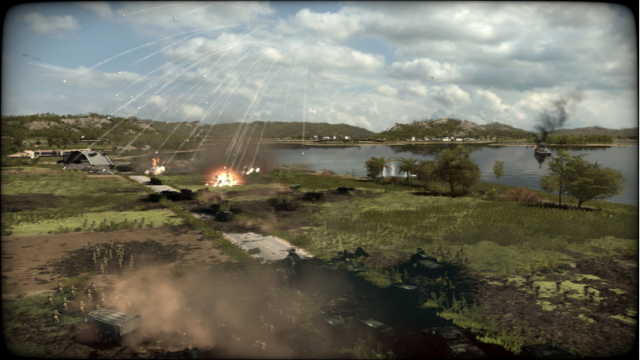
Screenshot on a battle: bomber just delivered bombs at hostile infantries.
Lens#22 The Lens of Dynamic State
The most fascinating point in Wargame for me is the dynamic states the game represented. One example is, when infantries get hit by hostile, get casualties, definitely the combat effectiveness will drop, that will be represented in lots of fields, like the weapon accuracy, the response time, the reloading time, and whether or not to accept the command. Wargame Red Dragon implemented all these features, by using Dynamic State of units. During a battle, the unit is given a morale state, initialized as Calm, when gets hit or friendly forces nearby get hit, the morale state will dynamically change to Worried, Shocked, Panicked and even Stunned(escape in disorder), as the state changes, the main index of combat performance will also get a state-related penalty, as accuracy, response time, etc.
Lens#47 The Lens of Balance
In Wargame Red Dragon, the balance is controlled in many aspects. Like in one essential part, customizing one’s own troop(in the game, make a deck of army cards), the balance is, the stronger the army is, the availability is less and the price is higher.
Take the M1A2 and M1 as example, the M1A2 is much stronger than M1, but it has much higher price and can only be bought 2 in a deck.That is a balance between price and strength, which avoid grind between units, also makes lower strength unit meaningful and useful, in a word, more real.

Lens #37 The Lens of Cooperation
In Wargame: Red Dragon, the cooperation between different army types and players are very important. Take Air-defence as an example, usually the most important battle unit in the war process is tanks and vehicles, their strength is only on the ground, which means they are vulnerable to air-attack and cannot fight back. That means the ground main forces has to be cooperated with air-defence units, Like radar-guidance missiles: long range, high accuracy and impact but low firing rate and total availability, and most important one, can be anti-radar missile targeted, usually they are used for high-value air target, and there are also cheap, lower accuracy and shorter range air-defence artillery. They are not sufficient as missiles but they can be put in battle with huge numbers and can knit a fire net which the air force cannot pass. In Wargame Red Dragon, their are much more than these two air-defence units to use, and their are much more kinds of cooperation, like anti-tank infantries with flame gun vehicles in a city(former to fight alley stike on hostile vehicles and latter to very effectively destroy other enemy infantries).
Lens#67 The Lens of Simplicity and Transcendance
From the former introduction of Wargame Red Dragon, I think reader must think this is a hardcore RTS game and is very difficult to handle, actually it’s not. Red Dragon uses very genius idea to simplify the damage system into only 2 type, AP or HE(very common and typical seen in vehicle shooting games).AP mechanism is simply collision check, the projectile only dealt damage when straightly hit the target, under AP mechanism, the damage is calculated by AP Power minus the hit-armor protection,takes the M1A2 as example again, if one M1A2 hit another M1A2 in the front, then the damage is the AP power of the firer 24 minus the front protection 22 then plus 1, that is 24-22+1=3, dealt 3 damage. The other mechanism is the HE mechanism, which usually are effective on no-armor or low-armor(0-1 protection armor) units, like infantries, helicopters and air-fighters. The HE damage is AoE type, which means even it doesn’t hit directly, but once the target is in Effected Area, the damage is still dealt, of course with some inner distance-dampling mechanism, in other word, HE damage is minimal to highly-armored unit like tanks, which is also very real.The AP and HE mechanisms together simplified different kinds of weapons, like tank gun, missile, flame bomb,etc .It’s a very genius simplification.
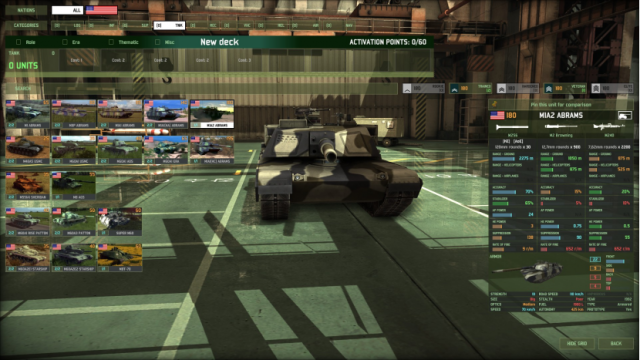
The simplification is to make it more friendly to common players, not those hardcore military fans in Wargame. There are also other kinds of simplification in game mechanisms, no need to make it too detailed.But the use of simplicity, is to lower the complexity of both developer and the player. The amount is controlled by how real the game the developer want the game to be, and how the player like. Definitely, Wargame Red Dragon developed a very real game, but with those simplicity, it lowers its complexity but still keeps its transcendence.

